In the hidden crevices of our world’s untamed wilderness, nature occasionally gifts us with relics from the past—human remains that unlock the secrets of bygone eras and forgotten tales. These discoveries, often stumbled upon by chance, hold the power to rewrite our understanding of history and provide closure to unsolved mysteries. The following stories reveal how these remarkable finds have answered questions that lingered for centuries, offering a fascinating glimpse into the life and times of those who came before us.
1. The Iceman Cometh: Ötzi’s Alpine Revelation
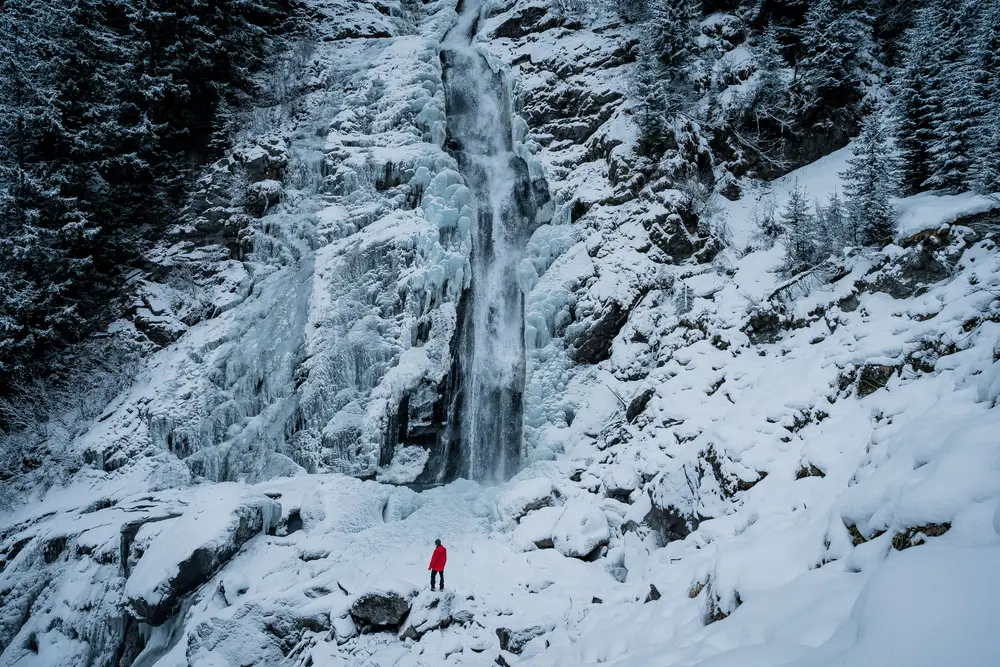
In 1991, a couple of hikers traversing the Ötztal Alps between Austria and Italy stumbled upon a startling discovery—what appeared to be a modern-day mountaineer frozen in time. The truth, however, was far more intriguing. According to National Geographic, Ötzi the Iceman dates back more than 5,000 years, offering a rare glimpse into the Stone Age. Clad in a sophisticated ensemble of woven grass and leather, Ötzi carried an arsenal of tools and weapons, necessities for survival in a harsh environment.
Subsequent research revealed Ötzi’s last meal and even the ailments he suffered from, painting a vivid picture of life during his era. His body, remarkably preserved by ice, has provided invaluable insights into the diet, attire, and health concerns of a Copper Age European. The mystery of his death—a violent end with an arrowhead lodged in his shoulder—continues to captivate and perplex archaeologists. Each new finding deepens our understanding of an era otherwise lost to history.
2. The Franklin Expedition: Arctic Ghosts Brought to Light
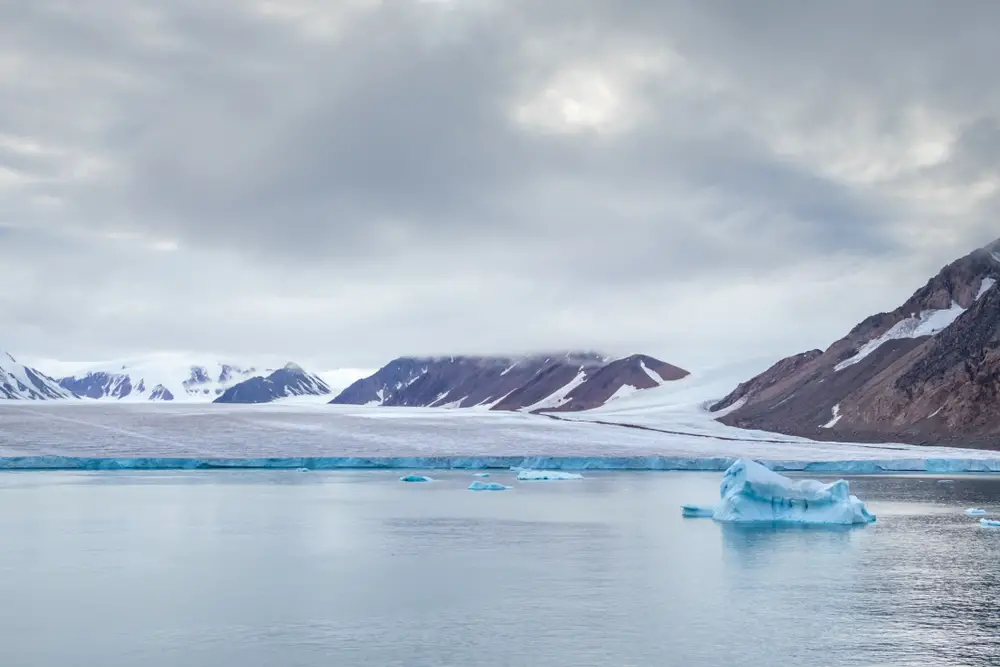
In the mid-19th century, Sir John Franklin’s ill-fated expedition vanished into the icy grip of the Canadian Arctic, taking with it two ships and 129 men. The trail went cold until the 1980s when anthropologist Owen Beattie and his team discovered eerily preserved remains on Beechey Island. According to PBS, scientific analysis of these bodies revealed chilling details about the crew’s demise, including lead poisoning and exposure.
The dissection of hair and bone samples laid bare the harsh conditions and nutritional deficiencies faced by the crew. The recovery of skeletons and personal effects painted a somber picture of their struggle against the elements. In 2014, the discovery of one of Franklin’s ships, the HMS Erebus, provided further clues about the expedition’s tragic fate. The saga of the Franklin Expedition remains a poignant reminder of the relentless challenges of Arctic exploration.
3. The Bog Bodies: Peat Preservation Unveils Ancient Rituals
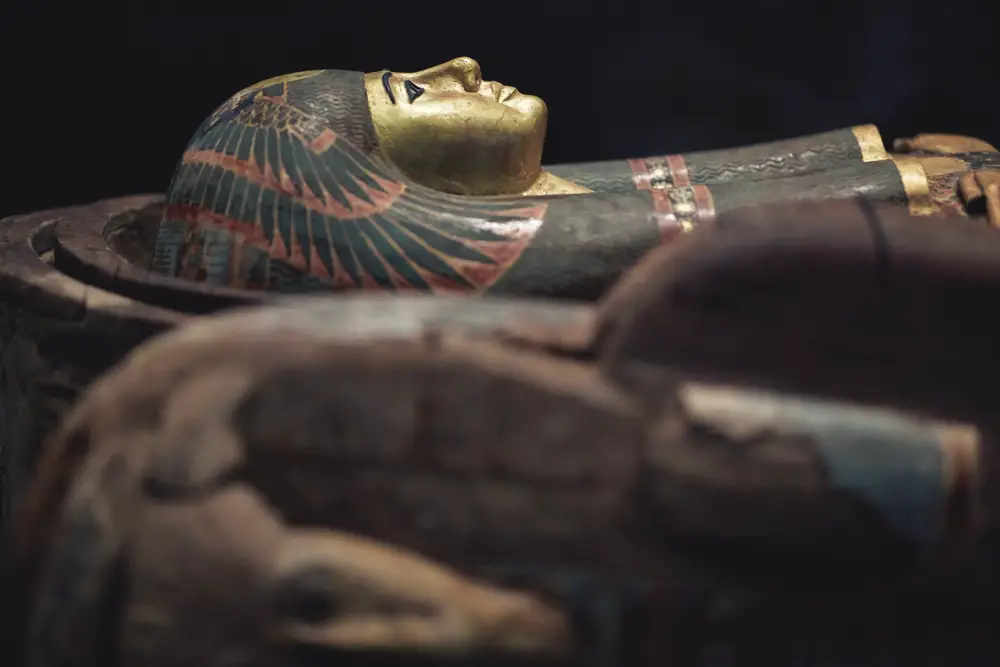
Europe’s peat bogs have long been the resting place of mysterious, naturally mummified individuals known as bog bodies. One of the most famous, the Tollund Man, was discovered in Denmark in 1950 and dates back to the Iron Age. According to Smithsonian Magazine, his remarkably preserved remains offer a unique window into ancient rituals and societies. The Tollund Man’s serene expression, untouched skin, and intact internal organs have fascinated scholars for decades.
Radiocarbon dating and forensic analysis indicate that the Tollund Man likely died as part of a ritual sacrifice. His stomach contents revealed a simple last meal of porridge, pointing to the agrarian lifestyle of his time. Similar finds across Northern Europe suggest that such sacrifices were not uncommon, providing insight into the spiritual and societal norms of Iron Age communities. These discoveries continue to fuel debate about the cultural significance of the bog bodies and the mysteries they hold.
4. The Cave of the Sacrifices: Maya Secrets Underwater
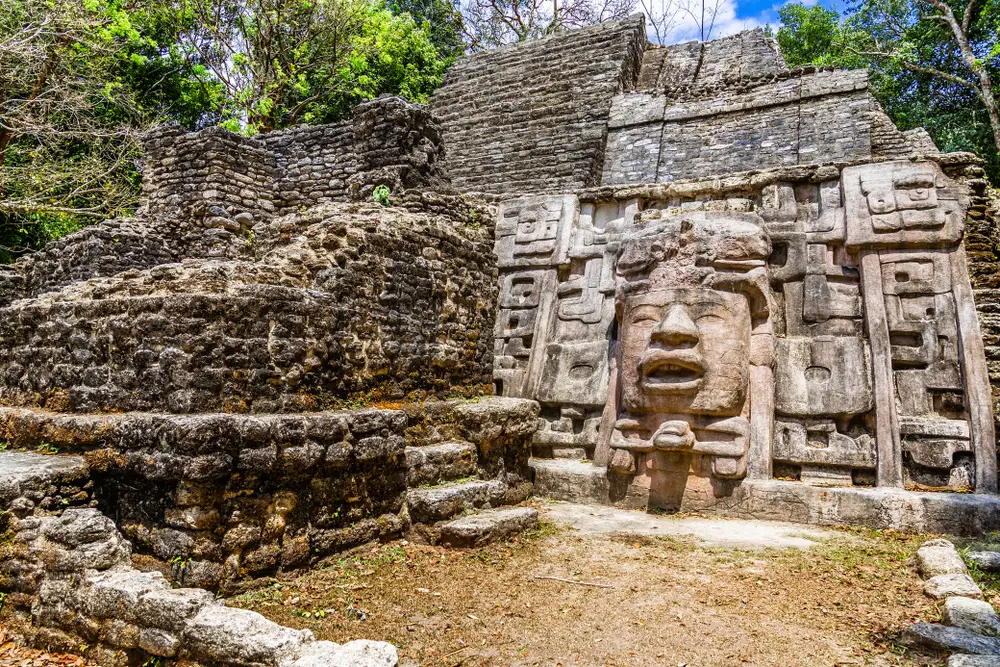
Deep within the Yucatán Peninsula lies a network of submerged caves, known as cenotes, revered by the ancient Maya as sacred portals to the underworld. In 2008, archaeologists diving in the cenote of Holtun made a startling discovery—human remains dating back over a thousand years. The bones belonged to both adults and children, suggesting the practice of human sacrifice. This find helped confirm historical accounts of the Maya’s ritualistic use of cenotes for offerings to their gods.
Analysis of the remains has revealed significant details about the health, diet, and lifestyles of the Mayans. The presence of jade and other ceremonial objects alongside the bones indicates a complex belief system deeply intertwined with these underwater landscapes. According to Smithsonian Magazine, cenotes were considered entrances to the underworld by the Maya, where offerings—including human sacrifices—were made to appease deities like Chac, the rain god. Each bone and artifact recovered from the watery depths continues to shed light on this enigmatic civilization.
5. The Battle of Towton: Unearthing Medieval Warfare
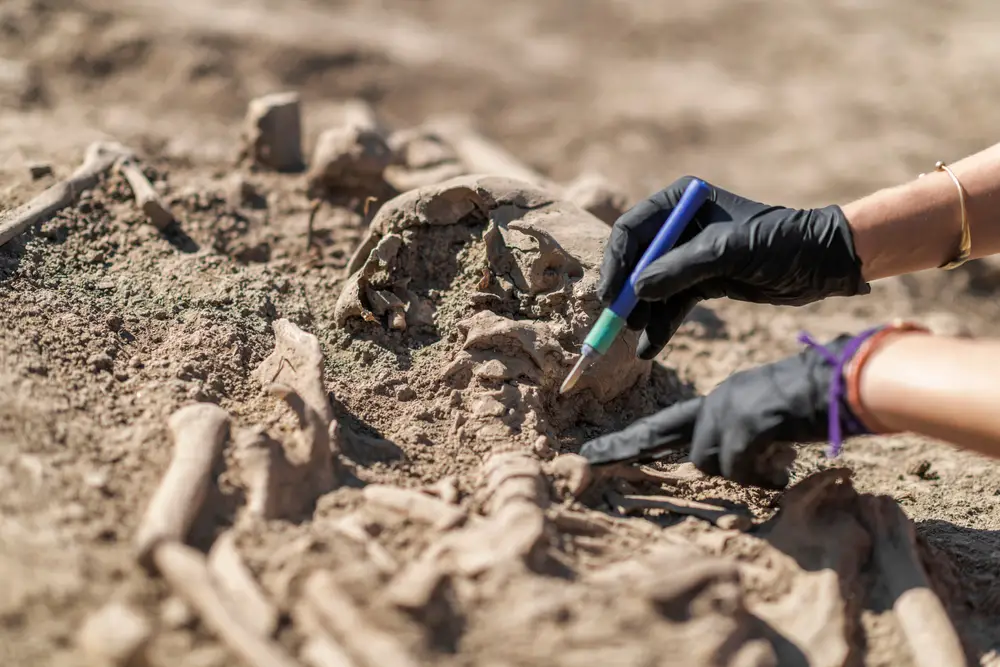
In 1996, archaeologists working in a mass grave in North Yorkshire, England, stumbled upon the remains of soldiers who perished in the Battle of Towton during the Wars of the Roses. These bones, dating back to 1461, brought to life the brutal reality of medieval warfare. Forensic analysis of the skeletons revealed horrific injuries, shedding light on the gruesome tactics employed during battle. The Towton soldiers displayed signs of being struck by swords, arrows, and other medieval weaponry.
The study of these remains has provided historians with tangible evidence of the scale of violence and the physical toll of one of the bloodiest battles on English soil. The soldiers’ remains also offer clues about the age, health, and origins of those who fought. These findings have expanded our understanding of medieval military practices and the conditions faced by soldiers. The Towton mass grave stands as a stark reminder of the human cost of warfare throughout history.
6. The Lady of Cao: Revealing a Peruvian Priestess
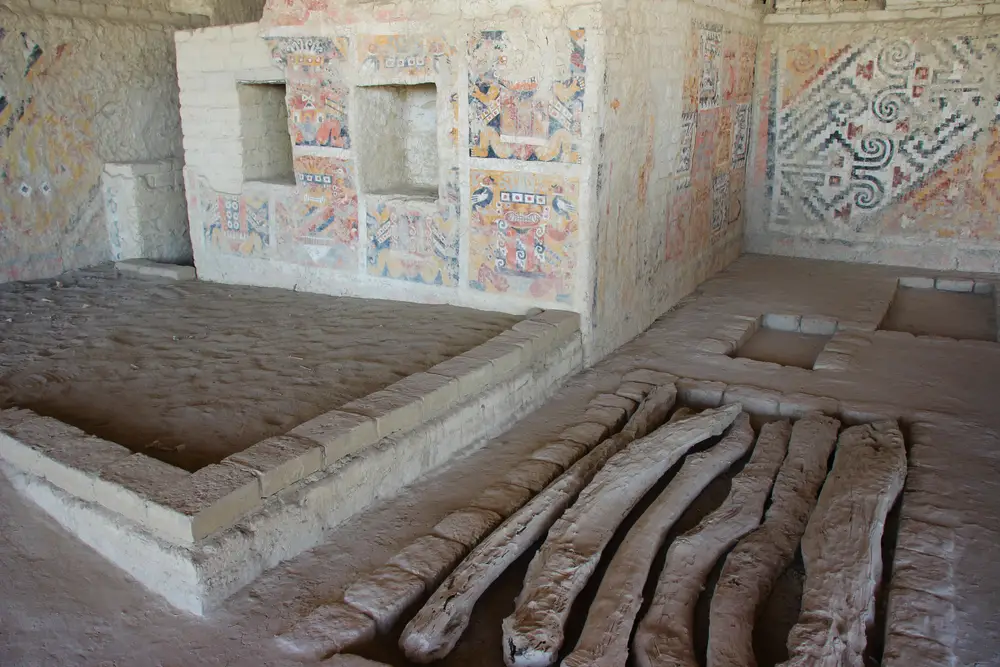
In 2005, the discovery of a remarkably preserved female mummy in northern Peru turned the spotlight on the Moche civilization, which thrived between 100 and 700 AD. Dubbed the Lady of Cao, her mummified remains were adorned with intricate tattoos and accompanied by an array of ceremonial artifacts. This find challenged previous assumptions about the role of women in ancient Andean societies. The Lady of Cao likely held significant political and religious power, serving as a high-ranking priestess or ruler.
The advanced preservation of her skin and the symbols inked upon it provide invaluable insight into Moche art and culture. Her burial site, complete with weapons and gold offerings, underscores her elevated status and influence. The discovery of the Lady of Cao has reshaped our perspective on gender roles within pre-Columbian civilizations. It continues to inspire further research into the enigmatic Moche and the societal dynamics of ancient Peru.
7. The Romanov Family: Solving Russia’s Royal Mystery
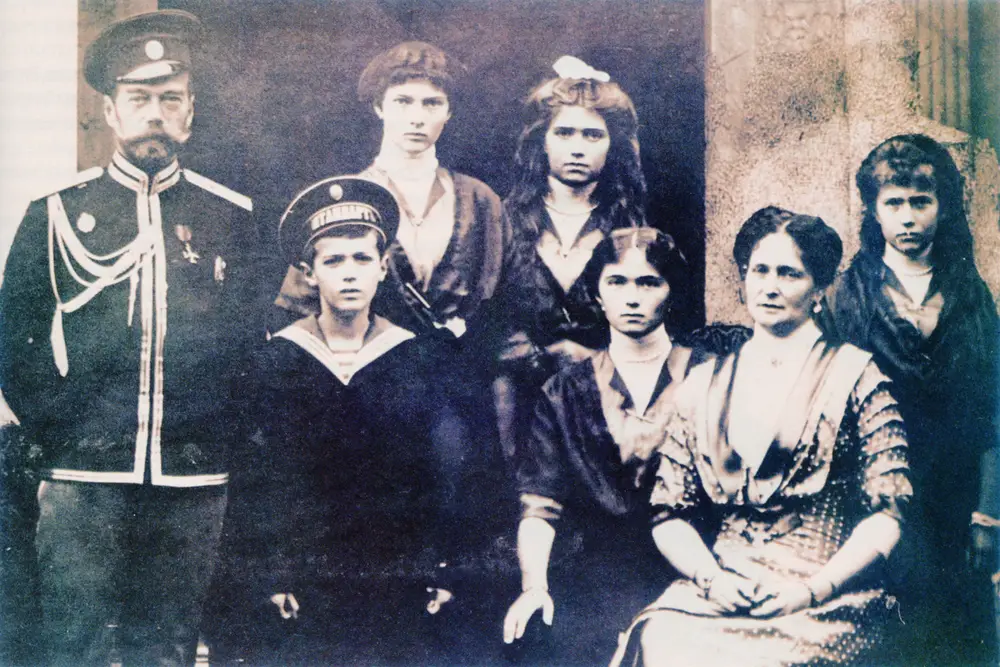
The fate of the Romanov family, the last imperial dynasty of Russia, remained shrouded in mystery for decades following their execution in 1918. In 1991, a mass grave near Yekaterinburg was unearthed, revealing nine skeletons believed to be members of the royal family. DNA testing confirmed the identities of Tsar Nicholas II, his wife Alexandra, and three of their daughters. The remains of the Tsarevich Alexei and one daughter, however, were missing, prolonging the mystery.
In 2007, a separate burial site yielded two additional sets of bones, finally completing the Romanov puzzle. Genetic testing verified their identities, conclusively solving one of the 20th century’s enduring enigmas. The confirmation of the Romanovs’ fate has been both a historical revelation and a source of closure for many. The tragic story of Russia’s last tsar and his family continues to captivate the world, embodying the tumultuous end of an era.
8. The Caves of Lascaux: Unlocking Prehistoric Art
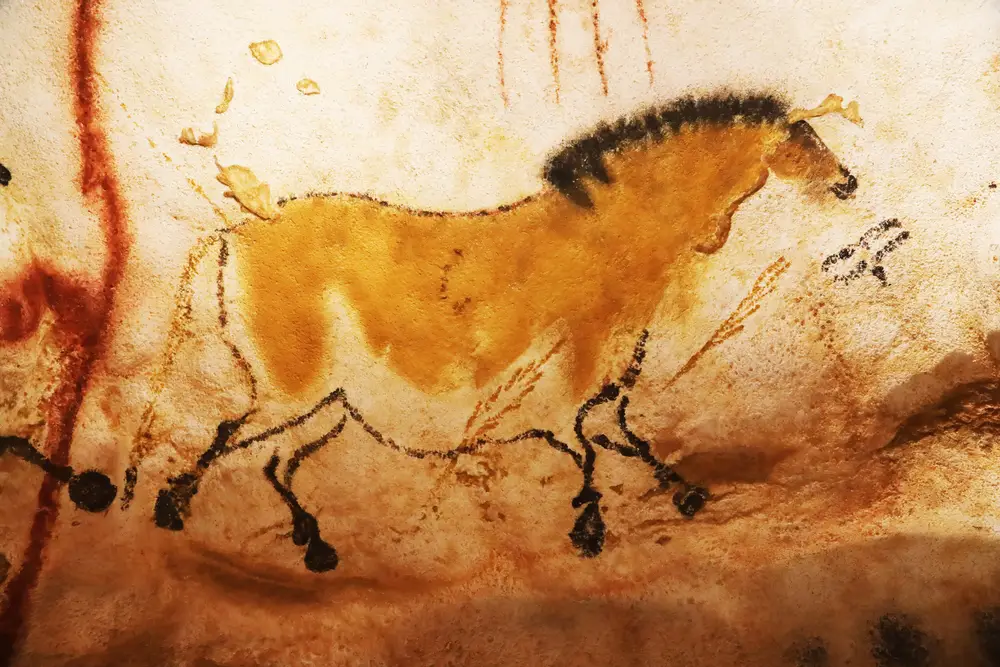
The discovery of the Lascaux caves in southwestern France in 1940 revealed an extraordinary gallery of prehistoric art. Within the cave’s depths, vivid depictions of animals and human figures adorned the walls, painted by artists during the Upper Paleolithic period. The remains of the artists themselves have not been found, but their work speaks volumes about their lives and the world they inhabited. The paintings, estimated to be over 17,000 years old, provide a glimpse into the spiritual and cultural life of early humans.
The Lascaux caves’ intricate artwork suggests a society with a deep appreciation for the natural world and a sophisticated understanding of artistic expression. This monumental discovery has significantly influenced our comprehension of prehistoric cultures and their development. The Lascaux paintings continue to inspire wonder and admiration, symbolizing the innate human drive to create and communicate through art. The preservation of these ancient masterpieces remains a priority for historians and archaeologists alike.
9. The Terracotta Army: A Chinese Emperor’s Legacy
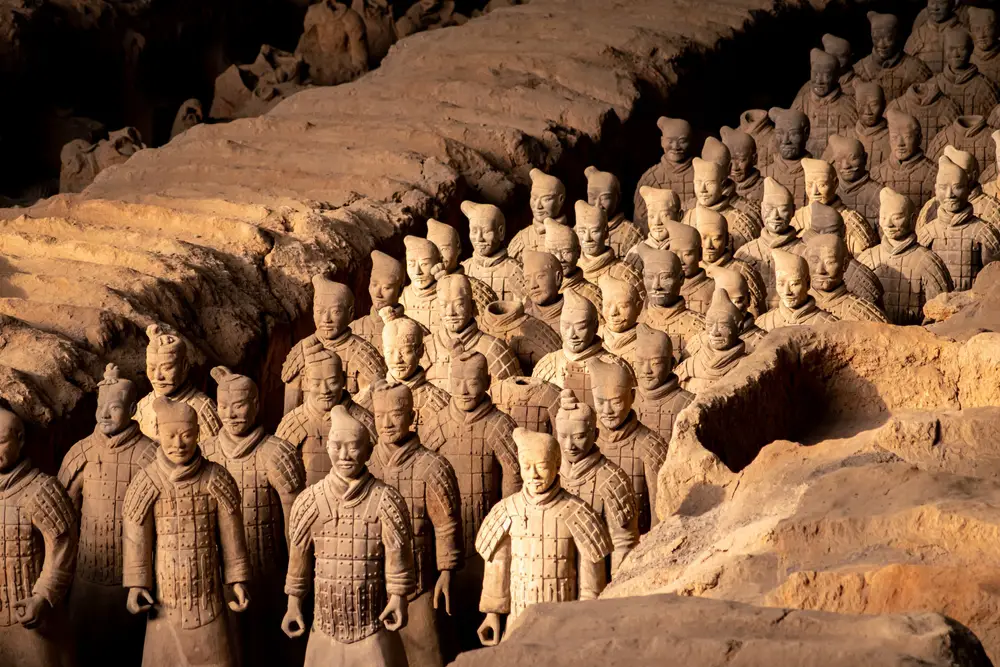
The accidental unearthing of the Terracotta Army in 1974 by farmers in Shaanxi Province, China, unveiled a sprawling mausoleum dating back to the third century BC. This extraordinary discovery, consisting of thousands of life-sized clay soldiers and horses, accompanied the first Emperor of China, Qin Shi Huang, into the afterlife. Each figure is unique, reflecting the diverse military ranks and roles within Qin’s army. The site offers unparalleled insights into the technological prowess and artistic achievements of ancient China.
The construction of the Terracotta Army involved a remarkable level of organization and resources, underscoring the emperor’s influence and the state’s power. The ongoing excavation and research continue to reveal details about Qin Shi Huang’s reign and the society he governed. The site has become a symbol of China’s rich cultural heritage and serves as a testament to the emperor’s enduring legacy. The Terracotta Army stands as one of the most significant archaeological finds of the 20th century.
10. The Valley of the Kings: Pharaonic Afterlife Unveiled
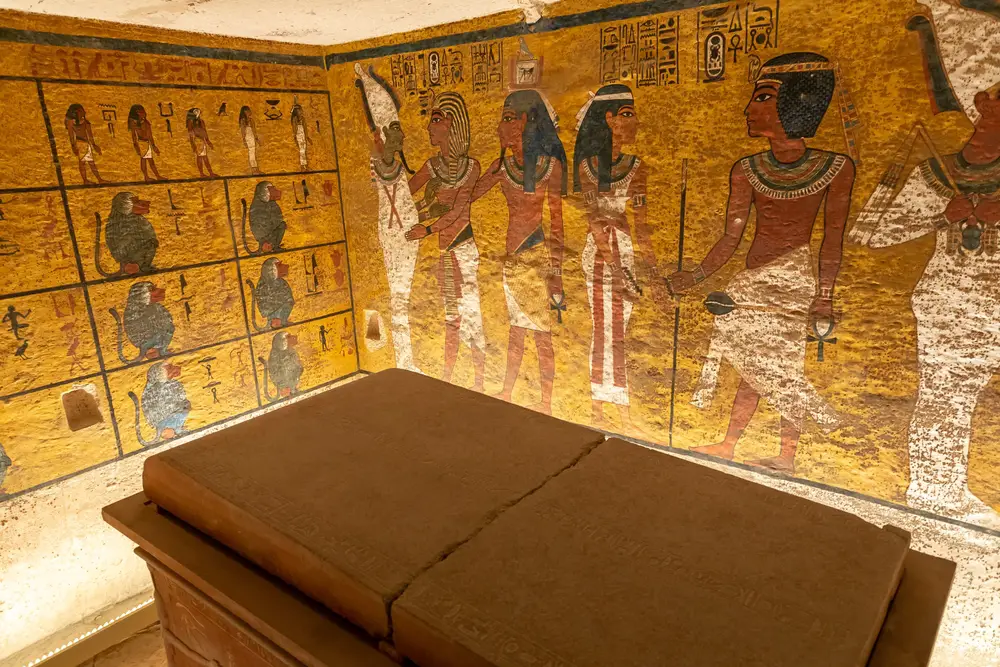
The Valley of the Kings in Egypt has long been a treasure trove of ancient history, with tombs revealing the opulence and grandeur of the pharaohs. The most famous of these discoveries is the tomb of Tutankhamun, unearthed by Howard Carter in 1922. This remarkable find, complete with golden artifacts and the young king’s mummified remains, ignited global fascination with Egyptology. The tomb’s contents offered a rare glimpse into the funerary practices and beliefs of ancient Egyptians.
The discovery of Tutankhamun’s tomb added significantly to our understanding of the 18th Dynasty and its rulers. The artistry and craftsmanship of the burial goods reflect the sophistication and wealth of the period. Subsequent explorations in the Valley of the Kings have continued to yield new finds and insights, each adding to the tapestry of Egypt’s storied past. The enduring allure of Tutankhamun’s tomb and the Valley of the Kings remains a testament to the timeless fascination with ancient Egypt.
